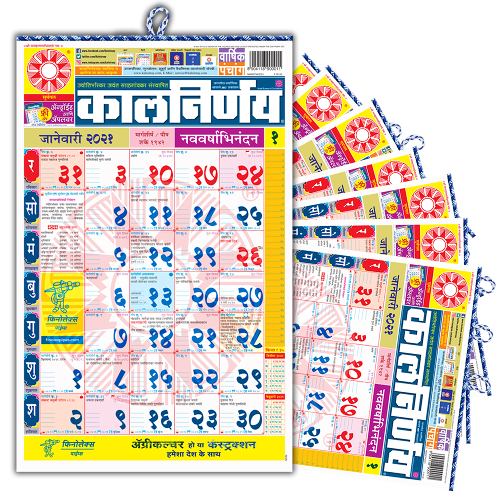

He cites Greek historians describing Maurya kings referring to a calendar which originated in 6676 BCE known as Saptarsi calendar. According to Subhash Kak, the beginning of the Hindu calendar was much earlier. The texts of Vedic Jyotisha sciences were translated into the Chinese language in the 2nd and 3rd centuries CE, and the Rigvedic passages on astronomy are found in the works of Zhu Jiangyan and Zhi Qian. Ohashi states that this Vedanga field developed from actual astronomical studies in ancient Vedic Period. ĭavid Pingree has proposed that the field of timekeeping in Jyotisha may have been "derived from Mesopotamia during the Achaemenid period", but Yukio Ohashi considers this proposal as "definitely wrong".

This study was one of the six ancient Vedangas, or ancillary science connected with the Vedas – the scriptures of Vedic Sanatan Sanskriti. Time keeping was important to Vedic rituals, and Jyotisha was the Vedic era field of tracking and predicting the movements of astronomical bodies in order to keep time, in order to fix the day and time of these rituals. For example, Kaushitaki Brahmana chapter 19.3 mentions the shift in the relative location of the sun towards north for 6 months, and south for 6 months. The Vedic culture developed a sophisticated time keeping methodology and calendars for Vedic rituals, and timekeeping as well as the nature of solar and moon movements are mentioned in Vedic texts. Is the quantity of half-months ( syzygies). The Hindu calendar is also important to the practice of Hindu astrology and zodiac system as well as observing special appearance days of the Lord and fasting days such as Ekadasi.Īdded to the elapsed , However, the Buddhist and Jain timekeeping systems have attempted to use the Buddha and the Mahavira's lifetimes as their reference points. Similarly, the ancient Jain traditions have followed the same lunisolar system as the Hindu calendar for festivals, texts and inscriptions. The Buddhist calendar and the traditional lunisolar calendars of Cambodia, Laos, Myanmar, Sri Lanka and Thailand are also based on an older version of the Hindu calendar. Buddhist festivals continue to be scheduled according to a lunar system. Early Buddhist communities of India adopted the ancient Vedic calendar, later Vikrami calendar and then local Buddhist calendars. The Hindu calendars have been in use in the Indian subcontinent since Vedic times, and remain in use by the Hindus all over the world, particularly to set Hindu festival dates.
#Marathi panchang 2020 full
Unlike the Gregorian calendar which adds additional days to the lunar month to adjust for the mismatch between twelve lunar cycles (354 lunar days) and nearly 365 solar days, the Hindu calendar maintains the integrity of the lunar month, but inserts an extra full month by complex rules, once every 32–33 months, to ensure that the festivals and crop-related rituals fall in the appropriate season. The ancient Hindu calendar conceptual design is also found in the Hebrew calendar, the Chinese calendar, and the Babylonian calendar, but different from the Gregorian calendar. A Hindu calendar is sometimes referred to as Panchangam (पञ्चाङ्ग), which is known also known as Panjika in Eastern India. In contrast, in regions such as Tamil Nadu and Kerala, the solar cycle is emphasized and this is called the Tamil Calendar (Though Tamil Calendar uses month names like in Hindu Calendar) and Malayalam calendar, their new year starts in autumn, and these have origins in the second half of the 1st millennium CE. Of the various regional calendars, the most studied and known Hindu calendars are the Shalivahana Shaka found in the Deccan region of Southern India, Vikram Samvat (Bikrami) found in Nepal, North and Central regions of India – all of which emphasize the lunar cycle. They adopt a similar underlying concept for timekeeping based on sidereal year for solar cycle and adjustment of lunar cycles in every three years, however also differ in their relative emphasis to moon cycle or the sun cycle and the names of months and when they consider the New Year to start.

The Hindu calendar or Panchang ( Sanskrit: पञ्चाङ्ग), or Panjika, refers to a set of various lunisolar calendars that are traditionally used in the Indian subcontinent and South-east Asia, with further regional variations for social and Hindu religious purposes.


 0 kommentar(er)
0 kommentar(er)
